Into darkness with Ilford film
cover photo – Pentax MZ-S, SMC Pentax-FA 43mm F1.9 Limited
Another day, another film and another report. And yes, I stole name of article from Star Trek.
Even in shrinking film world there are choices, possibilities and a lot of things to learn. Last spring I played with slow ISO50 film, and now I went opposite way – picked Ilford Delta 3200 film with incredible ISO3200 sensitivity and went to test it into darkness.
After three rolls I feel that I just scratched the tip of the iceberg in terms of possibilities with this film. Why do I think so? Well, documentation of this film and internet if full of information about possibility to expose it from ISO400 to ISO12800, to make it less/more grainy or less/more contrasty with different development materials and techniques. As for me I don’t develop myself (oh I feel this will change soon, might be very soon, I’m so tempted), and I shoot it at box speed, or to be more precise DX code speed on 3200 ISO. But this film is already in my list of my favorites together with: Portra400 – go anywhere film, Cinestill 800T – low light film, Ektar 100 – film for sun. Ilford Delta 3200 in this list will be film for night.
To sum up my personal evaluation of this film I can say, that it was a first time for me when I had a totally analogue trip, I had a confidence to go for short vacation only with film cameras, one was loaded with portra for day and other with delta for night. Not saying that digital is bad, only saying that its not amount of light decides which medium to use, Its me who makes decision.
And now to list of observations and remarks:
– Its fast film. All shots here were metered at 3200 ISO, some of them were adjusted in PP, with minus half stop EV. I saw quite good or at least acceptable examples of this film shot at 6400, or even 12800.
– Its grainy. I like this type of grain. Read that it could be make less or more grainy depending on developing materials and techniques.
– Contrast is low. I like more contrasty view, so I took advantage from hybrid process and increased contrast in LR. Together with grain it gives me pleasant film noir look.
– Its possible to use this film in daylight as well. Two shots here I made with 3x ND filter. Then its like shooting 400 ISO film.
Thats it. Thanks for reading! Don’t forget to share some tips regarding this film in comments.
Aivaras
https://www.flickr.com/photos/aiwalit/
Picture 1 – Pentax MZ-3, SMC Pentax-F 50mm F1.7, Marumi ND filter
–
Picture 2 – Pentax MZ-3, SMC Pentax-FA 50mm F1.4
–
Picture 3 – Pentax MZ-3, SMC Pentax-F 50mm F1.7, Marumi ND filter
Picture 4 – Pentax MZ-3, SMC Pentax-FA 50mm F1.4

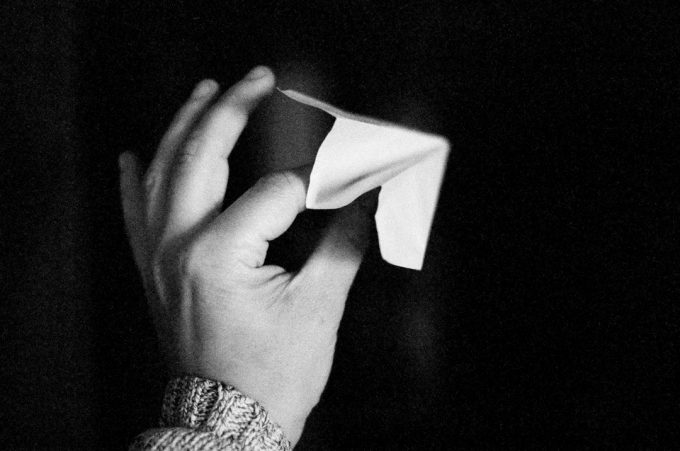
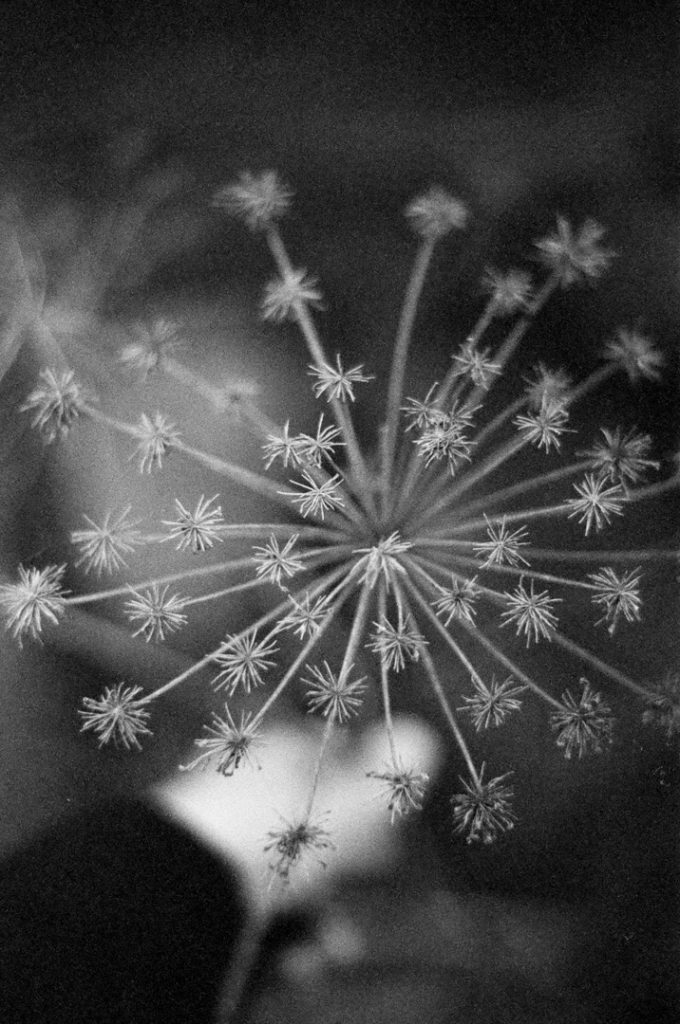
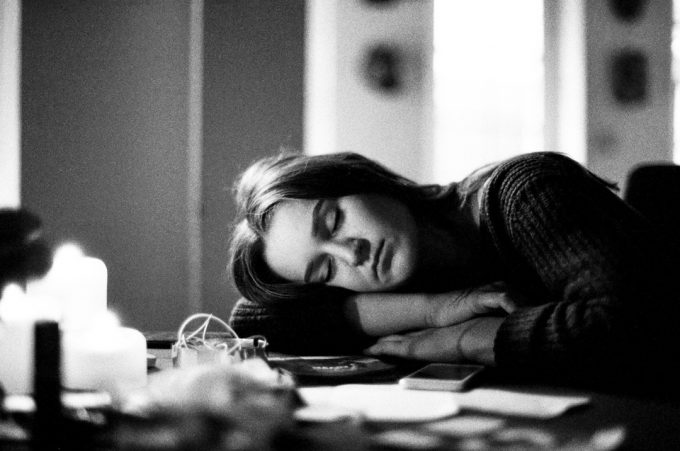
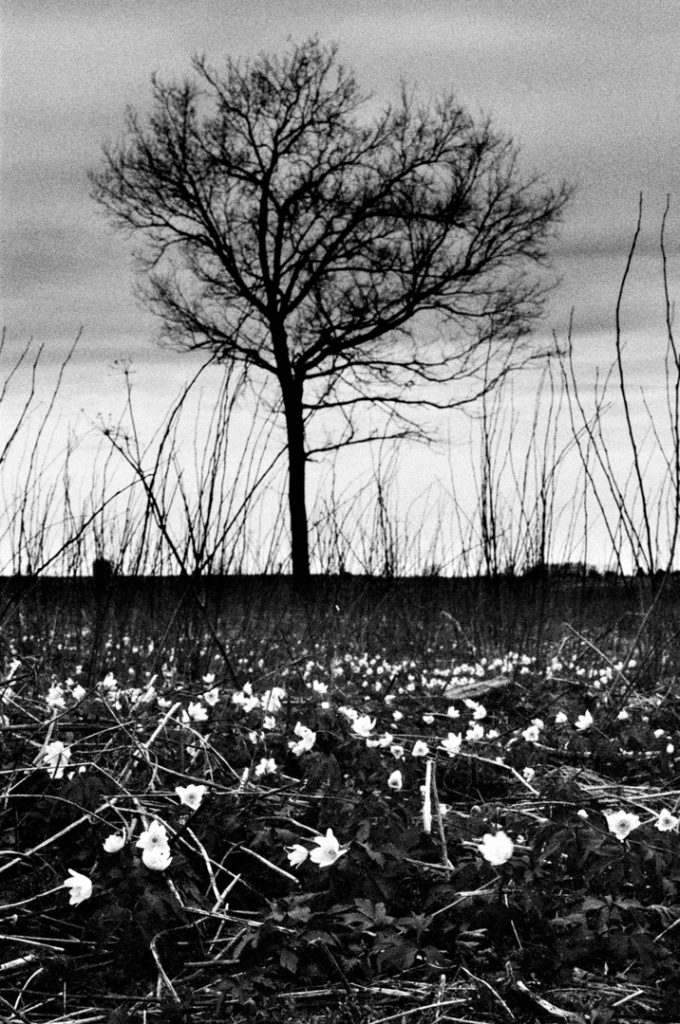
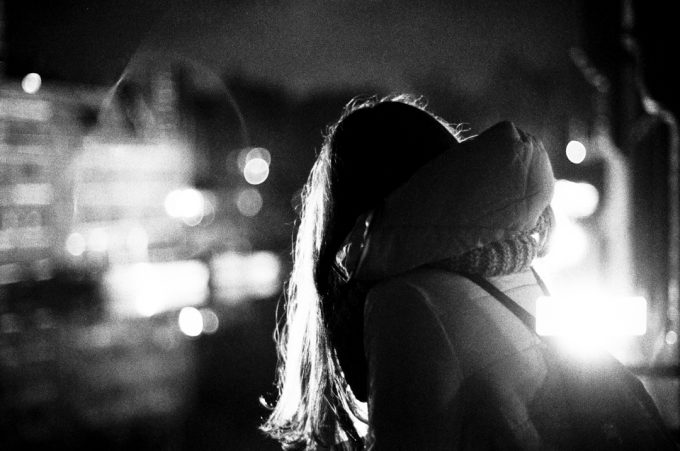


I like every single shot posted here. Great compositions. You definitely have a photographic eye!
For me too, this Ilford 3200 is my favourite. I have used it successfully under tree canopy, with the sun breaking through it, and I have used it successfully at live music concert – the band used one of these shots for their marketing materials, actually. This film beats digital easily!
Thanks for positive remarks everyone!
Wonderful! You have a great eye and technique. These photos would have been nice in any media but somehow the charm increases exponentially in film. Especially because of the grain brought out by the ISO3200 shooting and development.
Your flickr stream is wonderful worth checking out folks !
Have used most black and white films but not this one but will be doing so soon !
Thanks for posting.
Makes me want to use my second 3200 ilford stock. Saving it for a night escape. Still no opportunity. Loving that authentic grain. Just when Im forcing myself to learn loving digital past week you do this.ü
Fascinating – a film I’ve yet to use – and interesting pictures, 1 and 4 really hit the spot for me. I agree with the comments above about grain and noise and think what makes many film pictures look so good is texture. A texture and depth that is hard to emulate with digital grain.
I really like the “feel” of these – you can almost reach out and touch the plants or the persons!
p.s I really enjoyed your flickr stream.
These are great! The shot of the flowers in the field with the blurred tree – print it, hang it!
Best regards
Huss
I’ll second that, Huss!
Thanks for posting these shots, and it’s interesting to read about other people’s experiences with different film types. You’re right that options have become more limited, but there’s nothing wrong with really getting used to a couple of different film types and using them consistently, knowing their strengths and limitations.
In my experience, Ilford Delta 3200 is not a low contrast film, but as always, the degree of contrast is dependent on the actual contrast in the scene you’re shooting. A flat scene, meaning not much contrast between the darks and the lights is mostly likely going to give a flat image no matter what kind of film or digital sensor you’re using. With a high contrast scene, Delta 3200 won’t disappoint, and night time shots (where this film is a standout) with some points of illumination will give strong contrast: http://i1.wp.com/anthonykilleen.com/wp-content/uploads/2016/01/Ilford3200-Maui201515.jpg
My other comment is that the number 3200 is not really the ISO speed of the film, which is more like ISO 1000. This is stated on the Ilford website. But it has wonderful latitude, and as you say the grain is not too prominent, and can even add interest to some shots.
The second and last photos here are my favorites. Both have strong contrast. I like the edginess of the last one!
The graininess makes the shots. I think the problem with e is that the techies took over the field and the goal seems to be no noise, noise is bad while in many cases the e photo would be enhanced by noise!
Absoutely agree – and it’s what I enjoy about some of the early digicams, eg Leica Digilux 1.
Absolutely agree. These shots have a tactile quality – you can almost reach out and touch the people and the plants. Working with older low-pixel count digital cameras can get somewhere near the effect.